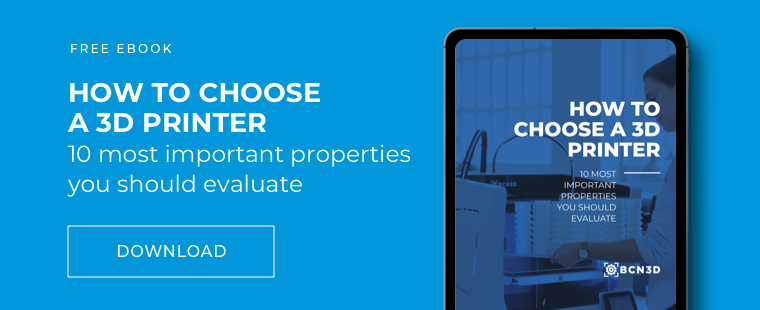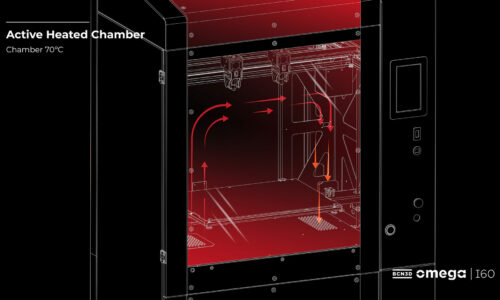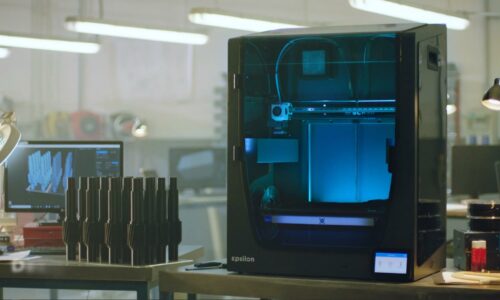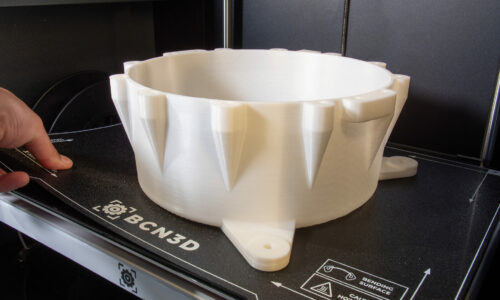Multi-Material 3D Printing: Printing two or more materials at the same time
3D printing has revolutionized many industries in part due to its ability to transform workflows and make traditionally long processes much more efficient. Multi-material 3D printing, or printing two or more materials at the same time, takes this efficiency to new heights.
There are many benefits to multi-material 3D printing and more than one way to get the job done. Let’s explore what those are!
The Benefits of Multi-Material 3D Printing
Whether you are interested in printing multiple colors or printing with a supporting material besides the actual part, 3D printing two materials at the same time is a time-saver and have many benefits.
Complex Objects
Multi-material 3D printing is especially beneficial when trying to print complex objects. Because FFF (Fused Filament Fabrication) deposits filaments layer by layer, some prints require using support material. For example, objects that have an overhang, or designs that have some sort of structure that is not conducive for layer by layer production, will need support material to provide a base for the filament to create the final part.
Having a multi-material 3D printer allows you to print both filaments (one support filament, like soluble material PVA, and the filament for the final part) cohesively. This helps to ensure producers achieve their perfect design, no matter how complex.
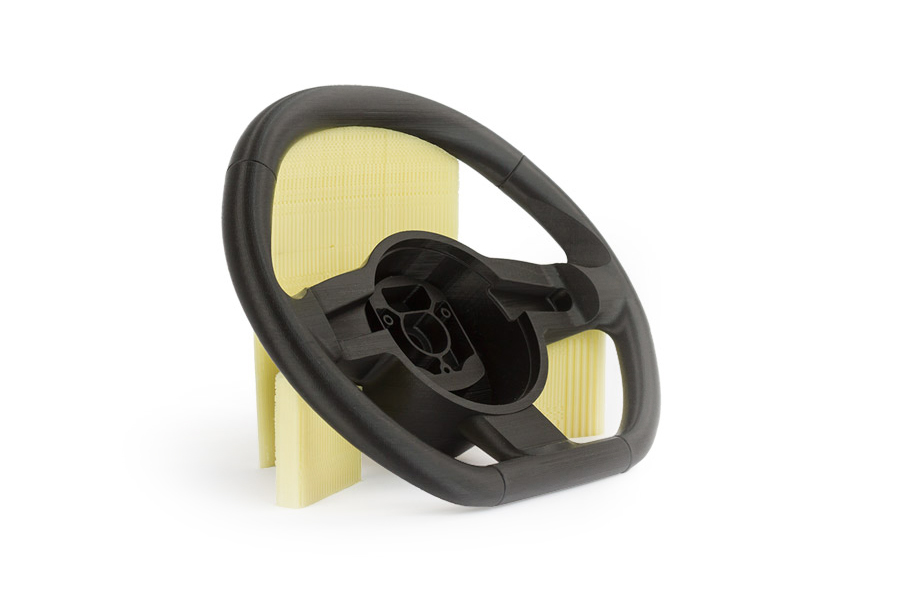
Printing Multiple Colors
Multi-material printing also makes printing multiple colors at once a possibility. This becomes especially important when printing end-use products, as 3D printing two colors at once reduces post-production and ensures a more cohesive final look.
Time-Saving
If you are using a multi-material 3D printer, then 3D printing two materials at once will save you a lot of time, because the printer is doing double the work. Multi-material 3D printing shaves down post-processing and allows you to print and go. By printing multiple materials, whether different colors or different filaments altogether, assembly and post-production processes are greatly reduced, as the printer has done a lot of the grunt work for you.
How to 3D Print Multiple Materials at the same time?
There are two different ways you can 3D print multiple materials, dependent on the type of printer you have. If you plan on frequently printing multiple materials at the same time then a printer with dual extrusion will be your best option.
However, if multi-material 3D printing is not a common feature in your workflow, there are some workarounds. Just remember that if you have a 3D printer with only one nozzle, you will need a bit more patience and maintenance when multi-material printing.
To print with a single nozzle printer, you will have to pause your print, change the filament, then resume. This could lead to problems with alignment and layering. Also, each material might need different settings when it comes to its required extrusion temperature, for example.
If you are a beginner at 3D printing, it may require quite a bit of practice and tinkering around with your G-code to get a good final look. Although this method is okay for one off-prints and quick fixes, if you plan on frequently printing multiple materials at once, then consider investing in a multi-material 3D printer.
Multi-Material 3D Printers
The easiest way to 3D print multiple filaments is to use an FFF printer with dual extrusion. 3D printers with dual extrusion have two nozzles to deposit filament, meaning you don’t have to worry about stopping and starting your print, but can let the printer do the work for you.
A 3D printer with an Independent Dual Extrusion System (IDEX) offers even more efficiency in multi-material 3D printing because the two extruders function independently from one another. Additionally, if one extruder is not being used, it can be kept away from the printing area to prevent any leftover filament from coming out of the nozzle and ruining the printed object.
All BCN3D printers feature an Independent Dual Extrusion System (IDEX) for this reason. Beyond multi-material printing, 3D printers with dual extrusion can also print two objects at once, opening the doors to even more efficient manufacturing and time-saving possibilities.
Conclusion
Multi-material 3D printing is incredibly useful for prototyping, end-use production, and time-saving purposes. If you think you will be creating many models that require multiple colors, a combination of materials or support for complex geometries, then a printer that supports multi-material printing will be the best investment in the long run.


